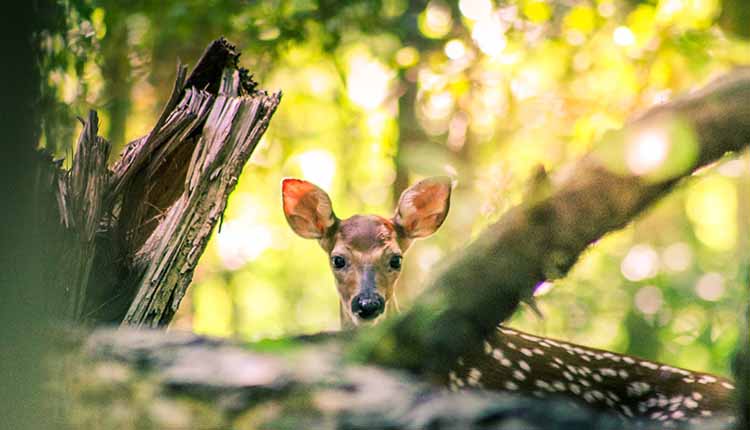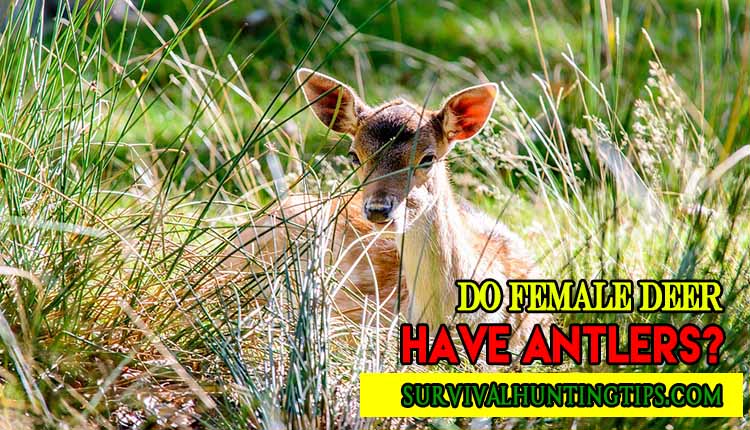How To Find A Deer With No Blood whenever you shoot a deer either using a bow or a gun makes you encounter a lot of emotions. Your adrenaline rushing, your heart races, shaking uncontrollably. However, despite the fact that one is experiencing these feelings. The major goal being a deer hunter is to ensure you put a decent clean ethical shot on the deer. How High Can A Deer Jump?
Anything might happen once you let the arrow fly or once you shoot the gun. In case you bow hunt you have to ensure that you have a decent view of the target territory. An arrow does not have eyes. It cannot see where to go. That is the reason you sit tight for an open shot. Take as much time as necessary and try to calm down.
Losing your first deer you could ever shoot with your bow can compel one to understand that knowing how to track a deer with no blood trail. This ought to be a top priority. Finding a deer which is barely bleeding or not bleeding at all is much easier said than done.
While ago through shot will in most cases produce blood instantly. An arrow which does not penetrate on the two sides of the deer can make the bleeding occur internally. This will make the trail to be minimal. Likewise, an ineffectively set shot may not yield much bleeding, assuming there is any.
Table of Contents
How To Find A Deer With No Blood?
In case you discover some blood close to the initial point of the impact. But there is no a defined trail. Attempt to identify the seriousness of the injury. This will help to decide whether you should start your search or hold up longer.
Is the blood full of bubbles or a rich pink? The rich and the red blood most likely implies a shot in the vitals. For example, the lungs or the heart. For this situation, the deer will not live any longer.
Blood that seems crimson and dark is likely the aftereffect of your broadhead hitting the liver or the kidneys. While the shot is most likely the deadly one. It is best to pull out for no less than three hours to give the deer some time to set down and bite the dust without having to push it, a very common mistake.
Obviously, what any bow hunter hate to see is the arrow covered with a green or yellow plants matter. Indicating a gunshot. For this situation. Give the deer the best part of the day or just overnight prior to following.
In case you’re experiencing serious difficulties wondering How To Find A Deer With No Blood whatsoever. Check the arrow for indications of a hit. Search for hair or for the blood on the broadhead or in the fletching. Most a times, the white hair implies you have shot low. Dull, coarse hair implies a high shot. Whereas a more slender, lighter-hued hair is from the sides of the deer.
Where Will You Look Next To Find Deer With No Blood?
You will know the deer is already hit however you do not know How To Find A Deer With No Blood or any indication or more terrible yet, the scanty blood trail blurs after 100 yards. In the event that you’ve held up the right amount of time. You can start looking toward the path it ran.

Since you do not know How To Find A Deer With No Blood. Search for indications of distress by recognizing the scuffs in the leaves or the tracks in the mud. These will give you a good ability to predict the direction. Mark sign by hanging a piece of tissue. This will wash away in the following precipitation, from a twig.
There is a good chance the deer will have to bed down. Therefore you ought to keep an eye in the shrubberies you run over. An injured deer will mostly look for a portion of the thickest cover accessible to stay outside of anyone’s ability to see and give it a good view of any predator that is approaching.
In the case that you jump the deer. Mark the territory and pull out so as to avoid pushing it further. Return for a few hours later to check the bedding region for blood and resume your search.
Check the waterholes as well. A gunshot or injured deer experiencing dehydration or a high body temperature will most likely look for water. Also, in the event that you discover a built up game trail. It’s probably the deer utilized it, looking for the easy way out.
Do Not Give Up.

In case you have not discovered tracks or blood even after looking for a couple of hours. Come back to where you saw the deer or blood and start a zigzag pattern toward the path it ran. Get as near the ground as would be possible. This is to ensure you do not miss any spots of the blood or detail in the earth.
In any case. If you have not found the deer, yet you are sure that you made the right hit. Try to find your friend who may be having a locating dog if your state laws permit it. A final resort is sitting tight to check the sky for vultures or tuning in for the wail of coyotes around evening time.
Having to work hard to recover the injured deer is not just an ethical thing that one should do. But in addition, gives an important learning experience.
Conclusion.
Recall that using a zigzag pattern is very advantageous and lets you cover the territory broadly. Toward the path, deer were moving. Move to left for a short distance and afterward back to right. The more open the zone, the more distant you ought to extend the zigzag routine.
At last, remember that a downed deer may be only visible when you walk in a specific direction. In most cases, you will see the white belly first. On contrary, in case you walk in a certain direction and the deer’s stomach faces the other way. You won’t see the deer until the point when you stroll back.




